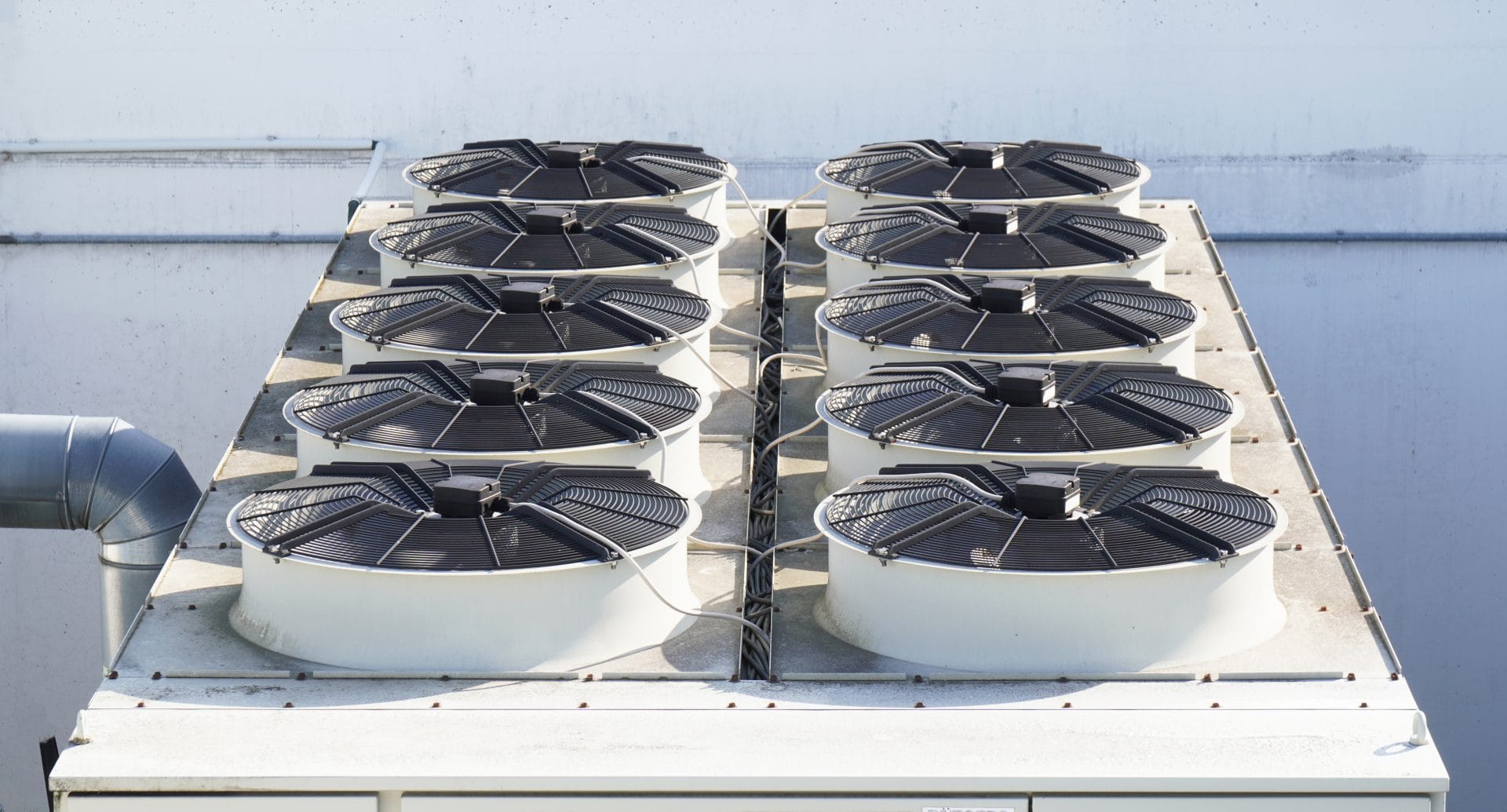According to data from the Department of Energy, around three quarters of all US households have air conditioning units. Collectively, these systems consume a whopping 6 percent of the nation’s annual energy output, making them among the biggest single contributors to global warming. Furthermore, they may contain chemical refrigerants that could harm the ozone layer.
Now, though, energy saving cooling systems are becoming available that promise to help turn the corner. These new low-energy variants may be able to reduce carbon emissions and cut harmful HFC emissions to ensure planet survival.
Air Conditioning Principles
AC units tend to be a little more complicated than heating. Radiators, for instance, work in a simple way. A boiler heats some liquid using a flame which a pump then pushes through the central heating system, providing warmth to all rooms. But with air conditioning, the goal is to take heat away, not add it, which can be a little difficult to imagine.
Air conditioning units essentially work the same way as refrigerators. Except, this time, the interior you want to cool is your entire house, not just the refrigerator cabinet. These systems work by pumping refrigerant around the system that switches between liquid and gas. As it absorbs heat from your home it turns into a gas. Then, when it reaches the condenser outside the house, it loses its energy, turning back into a liquid, allowing heat to escape into the environment. It then goes back inside again to repeat the cycle. (It’s a little more complicated than this, but that’s the gist of it).
The Refrigerant Issue
Currently, a major problem is that typical systems require the use of a refrigerant called freon that researchers believe that it may be responsible for damaging the ozone layer. The EPA banned the production and import of R-22 (freon) on January 1, 2020. However, many existing units still use it and are still releasing it into the atmosphere.
R-410A is the replacement for R-22 in cooling systems – a compound that works as a refrigerant but doesn’t contain harmful levels of chlorine. It is still a hydrofluorocarbon, but it doesn’t cause the same amount of damage to the ozone layer as regular freon.
In the future, R-410A will find itself usurped by even more advanced refrigerants. Both the Montreal Protocol and the Kigali Amendment propose a phase-down of it over the coming decade, with even more advanced compounds, such as R-32, taking its place. Researchers believe that R-32 has just one-third of the global warming impact as R-410A.
The solution, therefore, is to upgrade the country’s aging HVAC fleet with newer models that use more environmentally-friendly refrigerants. Chlorine-free refrigerants could offer a double-whammy for the environment by both protecting the ozone layer and increasing the overall energy efficiency of systems. By using new refrigerants, it could be possible for designers to create products that give consumers the best of both worlds: environmental friendliness and lower energy bills. Combine these innovations with solar power, and HVAC’s image as harmful for the planet could change forever.





